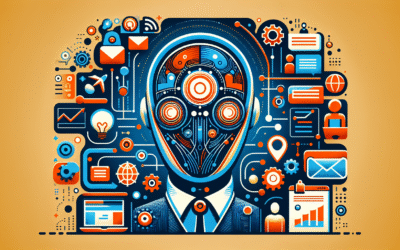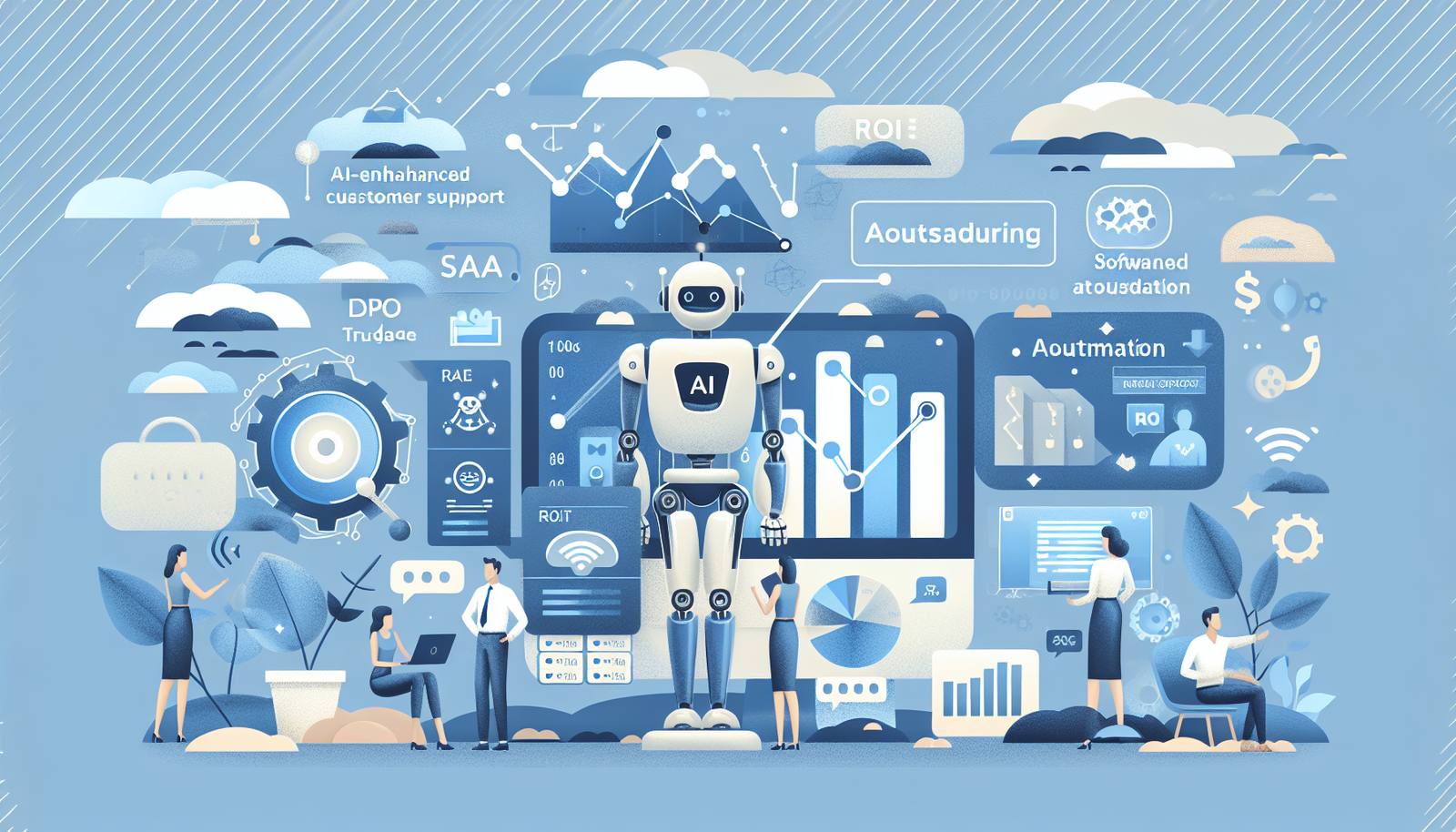ntroduction: Why AI-Powered Customer Support Matters for BPOs
Introduction: Why AI-Powered Customer Support Matters for BPOs
As BPO operations feel mounting pressure to deliver faster, more consistent customer experiences, AI-powered solutions have emerged as a competitive differentiator. Whether through virtual agents, chatbots, or predictive routing, artificial intelligence is redefining how customer queries are managed at scale. Leveraging the right AI technologies not only improves efficiency but also enhances customer satisfaction—a crucial metric for BPO success.
The demand for efficiency in modern BPOs
According to McKinsey, AI-enabled contact centers can reduce operational costs by up to 30% and increase CSAT scores by as much as 20%. These capabilities are particularly important in price-sensitive outsourcing engagements where margins are tight and service-level agreements (SLAs) are strict.
Rise of AI in CX strategy
Gartner reports that 80% of service organizations will deploy some form of AI by 2025. BPOs that fail to adapt risk losing clients to competitors with more agile, tech-enhanced offerings.
Step 1: Define Your Support Goals and Use Cases
Mapping current support channels
Start your AI journey by auditing your current customer support channels. Are the majority of tickets phone-based, chat, or email? Understanding where customers reach out—and for what—helps define where AI can meaningfully improve service.
Identifying automation-ready interactions
Focus initial AI deployment on high-volume, low-complexity tasks. Examples include:
- Order status inquiries
- FAQs and basic troubleshooting
- Password resets or account lookups
These repetitive requests are ideal for automation without compromising on quality.
Step 2: Choose and Integrate the Right AI Tools
Chatbots vs. virtual assistants vs. AI agent assists
Each tool brings different strengths:
- Chatbots handle basic questions via scripts or intent recognition.
- Virtual assistants offer more advanced conversational AI, integrating with backend systems.
- AI agent assist tools surface suggested answers, next-best actions, and context to human agents during live interactions.
Evaluating NLP and RPA options
Natural Language Processing (NLP) engines like Google Dialogflow or IBM Watson can enhance flexibility and understanding. Robotic Process Automation (RPA) tools like UiPath or Automation Anywhere handle backend tasks like ticket creation or data entry, complementing front-end AI efforts.
Step 3: Redesign the Workflow with Human-AI Collaboration
Agent handoff scenarios
Plan for seamless escalation from AI to human agents. A well-designed escalation flow—that includes access to customer history—prevents redundancy and frustration.
Training agents to work with AI tools
Equip your human team with training to understand:
- How AI systems trigger handoffs
- How to validate AI-suggested answers
- How to provide feedback loops that improve AI performance
As Harvard Business Review points out, AI doesn’t replace agents but makes them more essential by offloading routine tasks.
Step 4: Monitor, Optimize, and Scale
KPIs to track (AHT, FCR, CSAT)
Measure the effectiveness of your AI initiative using key contact center metrics:
- Average Handle Time (AHT)
- First Call Resolution (FCR)
- Customer Satisfaction Score (CSAT)
IBM found that AI-driven support can reduce AHT by 30%.
Continuous learning for AI models
Deploy feedback mechanisms to continuously train AI models using agent inputs, customer feedback, and real-time data. This ensures relevance and accuracy over time and across client accounts.
FAQs about AI-Powered Customer Support in BPOs
What types of customer interactions should be automated first?
Start with high-volume, rule-based tasks like order tracking, password resets, and FAQs that do not require nuanced reasoning.
Do AI tools replace customer service agents?
No. AI augments agents by handling routine tasks. Humans remain critical for complex cases requiring empathy and judgment.
What are the biggest challenges in implementing AI in BPOs?
The most common hurdles include tool integration with legacy CRMs, inadequate training for staff, and lack of real-time data feedback loops.
Focus Keyword: AI-powered customer support






